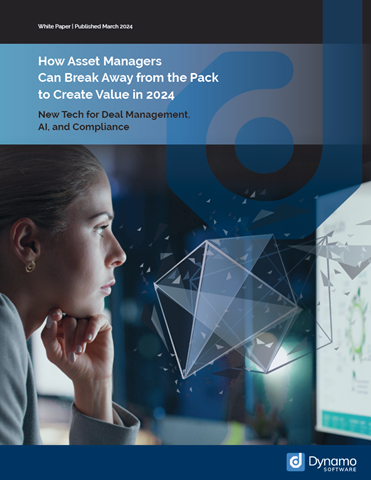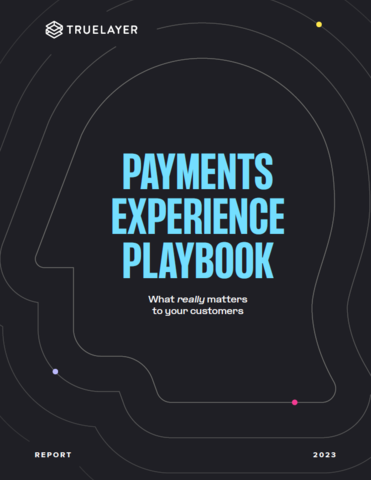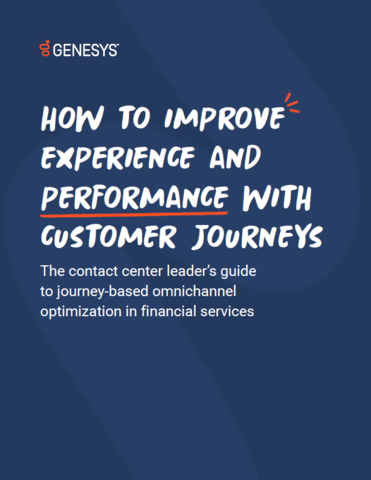The rise of the hybrid consumer in banking (and why it matters)
Sponsored by Jim Marous
The way consumers interact with financial institutions, as with many of the components of their daily lives, is constantly evolving – no more so recently than when branches were forced to lock down at the beginning of the pandemic. More than ever, the importance of consumer insights, staying agile, being responsive to change, and creating a seamless engagement experience are vital for success in financial services.
Online and offline channels are no longer considered separate by consumers. More than ever, consumers will connect with their bank or credit union across channels, interacting with many touchpoints before opening an account, expanding a relationship or even making a simple transaction.
Many financial institutions quickly adjusted to the “new normal” by increasing digital capabilities and introducing new products and services. The challenge now is to make these digital processes easy, having a single view of the customer across channels, and effectively deploying real-time multichannel marketing. While this is a massive shift from the way things have been done in the past, new technology and capable solution providers can help make the process fast, effective and efficient.
According to Futurum Research, “Brands must reinvent their operating models to act in the moment. They need a holistic data and technology strategy that they can individualise at scale, customer journey capabilities that can adapt in real time, and intelligent decisioning to automate the self-reinforcing cycle of tailored experiences.”
Responding to cross-channel customer journeys
In digital marketing research undertaken by Econsultancy and Adobe, the top three priorities for marketers were:
- Customer journey management (36 per cent)
- Targeting and personalisation (34 per cent)
- Customer data management (30 per cent)
Hybrid marketing improves organisational maturity in all three of these areas. According to the research, “If a brand is to succeed in the experience economy, there is an increasingly fundamental requirement for unified and actionable customer profiles that can ingest and join up data from a range of touchpoints that can straddle both offline and digital worlds, and the realms of both adtech and martech.”
This is where a Customer Data Platform (CDP) comes in. The CDP Institute defines the term as “packaged software that creates a persistent, unified customer database that is accessible to other systems.” Gartner expands upon this definition: “A CDP should be effective at centralising data collection, unifying customer profiles from disparate sources, creating and managing segments, and activating those segments in priority channels.”
While the need to develop a strong CDP may seem like a difficult endeavour, the real payoff doesn’t occur until the data is leveraged to deploy highly personalised content at scale, in real time. Without great content that can reflect the components of personalisation possible, banks and credit unions will not obtain the levels of engagement desired.
The study also advised financial institutions to “move from using data and analytics for great internal reports to using data, analytics and content for exceptional experiences.”
In other words, it is not an either/or proposition, but a marriage of data, analytics, and content that allows for effective communication with the hybrid consumer who travels their own content consumption and buying path. And not every institution meets the communication challenge in the same way.
The research by Adobe and Econsultancy found that larger organisations tended to over-index for the data science components of the equation, and under-index for the content component of customer experiences. They often focus more on hiring right-brain, analytical thinkers, and neglect more left-brained marketing and creative talent. Conversely, smaller institutions tend to prioritise creative thinking at the expense of the data capabilities that drive the process.
Why build a hybrid marketing strategy?
Assuming your organisation decides to leverage a customer data platform, you have the ability to communicate with your customers where they are, how they want. Despite the significant shift to digital in the past year, customers usually don’t just use a single channel. Yet financial institutions rarely merge offline and online data sources. Until this is done, adjusting to channel strategies during the customer journey is virtually impossible.
If your customer profile does include the hybrid customer channel information, the potential for personalisation of both content and channel is optimised. For instance, a financial institution can determine how behaviour differs when the consumer uses a branch as opposed to digital channels. Are transaction and buying patterns the same, with the same dollar value? Should offers differ by channel?
Over time, as more testing is done on both a segment and individual level, effectiveness of communication increases. There is also the ability to create advanced segmentation, conduct more detailed analysis and build attribution modelling. Finally, with hybrid marketing using an in-depth customer data profile, financial marketers can better understand the cross-channel customer journey, building stronger engagement (and revenues).
Make a priority of personalising hybrid customer experiences
Personalisation is more than simply using the customer’s name in marketing copy or mentioning a recent transaction. It is also not just a nice extra feature for your customers. Personalisation has quickly become what your customers expect when they interact with your brand. According to Epsilon, 80 per cent of consumers are more likely to make a purchase when an organisation provides a personalised experience. This expectation will only increase in a post-pandemic world.
Consumers expect content and offers that appeal to them personally, based on both their past interactions as well as anticipated future actions. They no longer want their financial institution to tell them what has already occurred – they want a “GPS of financial services” that will communicate shortcuts to financial wellness and warnings about pitfalls to avoid.
As we move closer to a world without cookies, first-party data is more valuable than ever, as are platforms that can collect, manage and optimise that data while enabling effective deployment of content on a one-to-one basis.
Jim Marous is co-publisher of The Financial Brand, host of the Banking Transformed podcast and owner/CEO of the Digital Banking Report

Business Reporter Team
Most Viewed
23-29 Hendon Lane, London, N3 1RT
23-29 Hendon Lane, London, N3 1RT
020 8349 4363
© 2024, Lyonsdown Limited. Business Reporter® is a registered trademark of Lyonsdown Ltd. VAT registration number: 830519543
Join the Business Reporter community today and get access to all our newsletters, and our full library of talk show episodes
Join the Business Reporter community today and get access to all our newsletters, and our full library of talk show episodes





